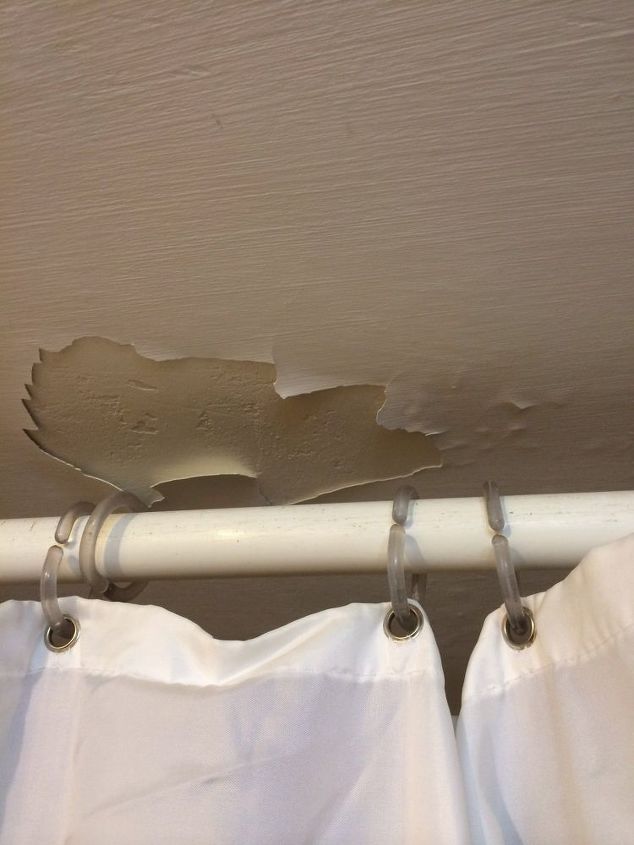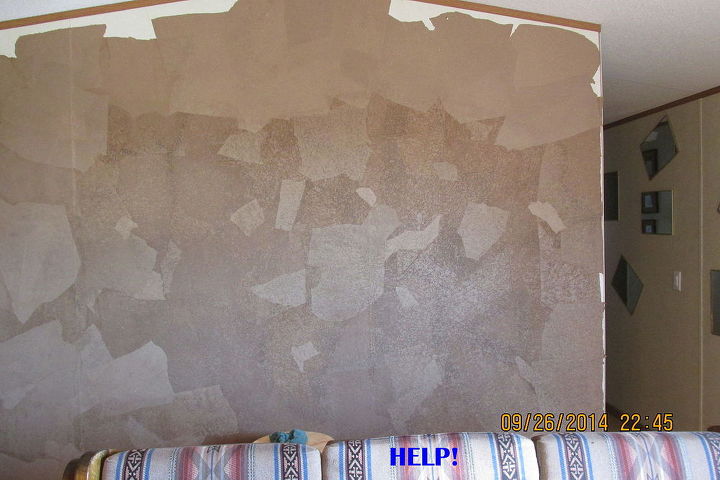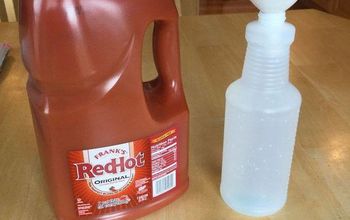Do I need to the find studs in a lathe & plaster wall when installing bead board paneling?

-
if you are using liquid nails finding the studs doesn't matter. If using nail gun make sure you don't get close to electrical wires. you don't need both liquid nails and nails. Liquid nails is super strong stuff.
 Daniela N
on Jul 18, 2012
Helpful Reply
Daniela N
on Jul 18, 2012
Helpful Reply -
-
Well, I need the brads to hold the paneling in place while the liquid nails is drying. There's nothing straight about the walls in a 92 year-old home.
 Jean
on Jul 18, 2012
Helpful Reply
Jean
on Jul 18, 2012
Helpful Reply -
-
The wood lath in the plaster will be enough to support the nails while the adhesive hardens. Just use tiny brad nails and you should be fine. A way of guessing where the studs are if you are still concerned is to remove one of the outlet covers and find out what side the wall stud is located on the box. If things were somewhat ok you can then measure every 16 inches from there and you should be on each stud. Still another method is to cut out a one or two inch slot along the entire wall about six inches below the top of the paneling. This will expose the wall joists along the entire wall. Simply take a level and mark the walls where each stud is located. The paneling will cover over the opening you cut. If you do this, I would then suggest that you forgo the adhesive and just use panel nails to hold it on the wall. This way if you ever decide to remove it you do not end up having to replace the plaster wall, only need to patch it. Also if the plaster is in poor shape, consider that the paneling will not stick to it very well. As the weakest part of the equation is the plaster being stuck to the lath. And if that is not good, your bead board will come loose and fail.
 Woodbridge Environmental Tiptophouse.com
on Jul 18, 2012
Helpful Reply
Woodbridge Environmental Tiptophouse.com
on Jul 18, 2012
Helpful Reply -
-
Thanks. That's what I was thinking. Just wanted to be sure!
 Jean
on Jul 18, 2012
Helpful Reply
Jean
on Jul 18, 2012
Helpful Reply -
-
Jean, you may want to fir out the walls using 1x2 framing. When doing so you can make the walls straight again by screwing the boards to the wall and using wood shims pack out behind where the boards do not sit tight to the wall. Once done and the paneling is up everything will look square and straight once again.
 Woodbridge Environmental Tiptophouse.com
on Jul 18, 2012
Helpful Reply
Woodbridge Environmental Tiptophouse.com
on Jul 18, 2012
Helpful Reply -
Related Discussions
How to get rid of mice?
We seem to have some unwelcome Mickeys and Minnies in our house. What is the best way to get rid of them?
How to remove popcorn ceiling with asbestos?
I want to remove my popcorn ceiling, but it has asbestos in it. How do I go about this safely?
How to caulk baseboard gaps?
How do I fill gaps at baseboard, should I caulk? If so, does anyone know how to caulk baseboards?
How to fix squeaky hardwood floors?
How do I fix squeaky hardwood floors?
Water damage on bathroom ceiling
I am about to patch up this water damage on a low bathroom ceiling. What can i paint/seal the entire ceiling with to minimize future water damage? the ceiling is very... See more
Brown paper floor/wall help
I have purchased a brown roll of paper because I wanted a consistent "vein" look through out the walls and the brown paper bags I was getting would sometimes be "vein... See more





